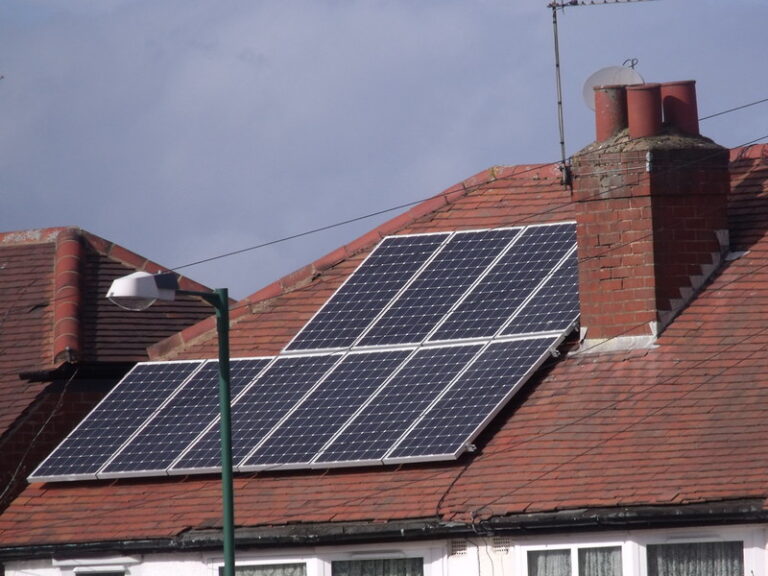Using a range of machine learning techniques, a group of scientists discovered that PV systems can significantly increase property values in the UK. The analysis was based on property data from Zoopla, one of the UK’s leading providers of property listings, and price paid data sourced from the government’s land registry from 2012-2018.
Scientists from the UK have used a machine learning (ML) technique to assess whether properties with solar panels are associated with higher sales prices in the UK property market and found that houses with PV panels command a higher price.
“There is consensus that energy efficiency and the ‘green’ label are favorably valued in the housing market,” the researchers said. “However, evidence focusing solely on the effect of solar panels remains relatively scarce and concentrated on the US and Australian property markets. Our focus is on the effect of solar PV systems on sales prices in the UK housing market, for which there is no prior evidence.”
The researchers ran meta-learning algorithms on around 5 million observations and property data from Zoopla, one of Britain’s leading property providers, and the government’s price paid (PPD) data from 2012-2018. By equipping the algorithms with keywords like “PV panel” and “solar energy,” they categorized listings for homes that did or did not have solar energy production. They were then able to match 80% of those mentions with real PPD.
“In the sample selection procedure, we exclude homes with more than three bathrooms or more than five bedrooms,” the group emphasizes. “Because the flats in the buildings share the same roof, we drop the flats from our sample because flat owners may not be able to install solar panels. Finally, we exclude properties whose sales prices are in the top and bottom 1% of the price distribution to remove outliers in the data.”
The academics also used five meta-learner algorithms, namely S-learner, T-learner, X-learner, R-learner and DR-learner. Meta-learner is an ML technique that combines multiple models (or base learners) to improve predictive performance.
According to the researchers, the S-Learner and T-Learner only use basic learners and are therefore considered more simplistic. The other three use additional information and are therefore considered more advanced.
“The average treatment effect calculated using the S-learner algorithm is 0.055, indicating that houses with solar panels yield a sales price premium of 5.5%,” the team said. “If we use more advanced meta-students, the premiums associated with solar panels increase to more than 6%, ranging from 6.1% for the X student to 7.1% for the DR student.”
Further analysis also allowed the researchers to examine differences between years, regions and price quintiles and identify a downward trend in solar panel returns over the years. Furthermore, the highest returns are observed in Wales and Yorkshire and the Humber, followed by the North West and South West regions.
“The effect of solar panels on house prices is more pronounced in the lowest and highest price quintiles, with the largest premiums observed in the latter,” they said. “The premiums we observe for the lowest price quintile support our argument regarding potential energy savings and the importance of cheaper running costs for lower-income buyers. The premiums seen at the higher end of the market may instead reflect the ‘warm glow’ associated with investing in environmentally friendly properties, as well as the ‘green’ signals and noticeable conservation impact.”
Finally, to check the robustness of the results, the proposed model was compared with more traditional models, namely the hedonic price model and the coarser exact matching (CEM). The first is often used to estimate the extent to which each factor affects the market price of the property, and the second is used in observational data.
The scientists found that the hedonic pricing model showed a premium of 5.6% and CEM of 3.5%. “The results are somehow sensitive to the methods we use,” they emphasized. “Compared to hedonic models, metal earner algorithms are better able to take into account issues related to the complexity of treatments, high dimensionality, the non-linear relationship between property characteristics and house prices and the presence of confounding.”
Their findings were presented in “Return to solar panels in the housing market: a meta-learner approach,” published in Energy economics. The team included Sscientists from Swansea University and the University of Birmingham.
This content is copyrighted and may not be reused. If you would like to collaborate with us and reuse some of our content, please contact: editors@pv-magazine.com.


